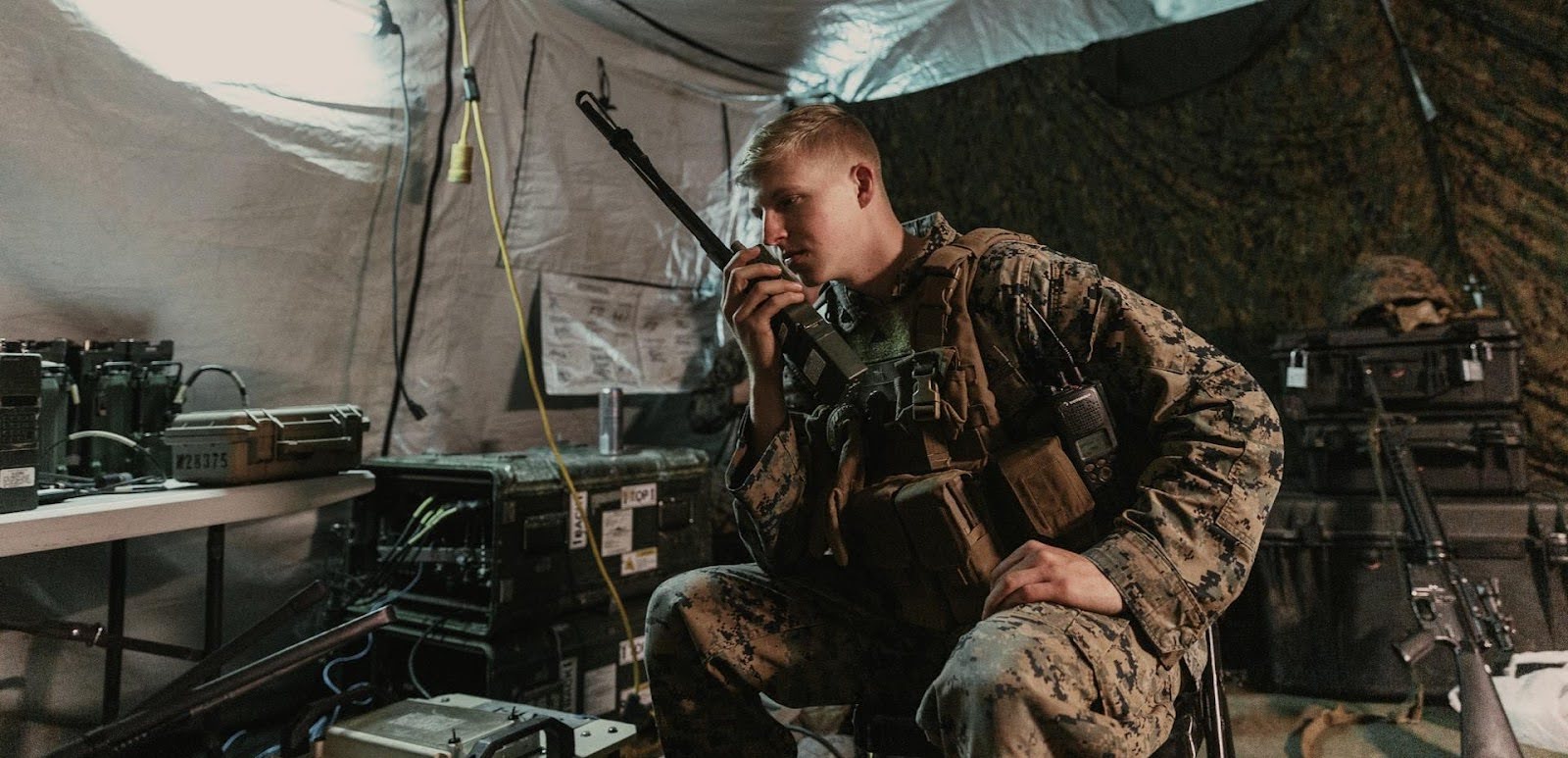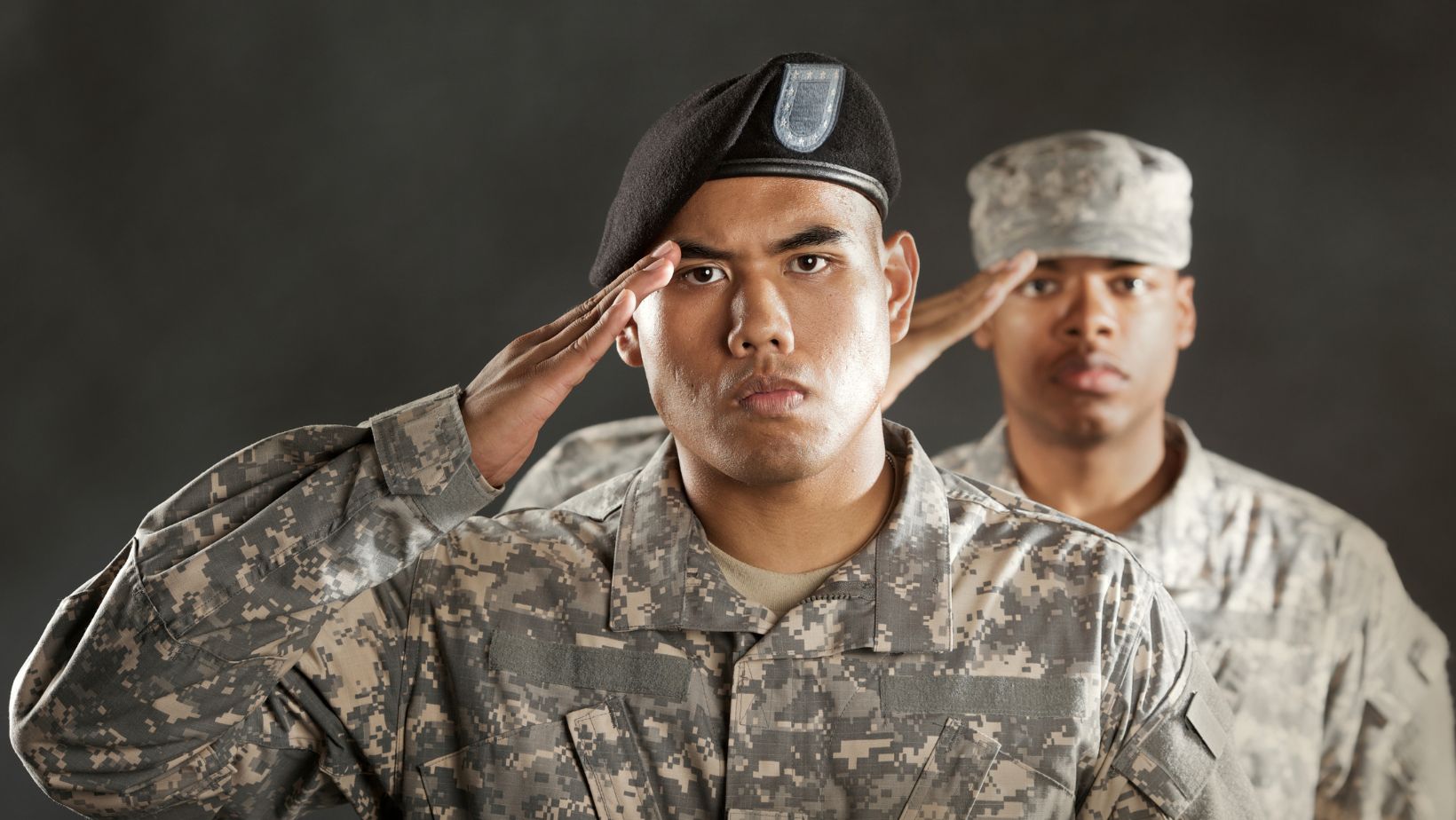 Ask anyone who’s served, and they’ll tell you: Those thin ribbons on a uniform carry big stories — years of commitment, service, and sacrifice. But the path to earning them isn’t always full-time.
Ask anyone who’s served, and they’ll tell you: Those thin ribbons on a uniform carry big stories — years of commitment, service, and sacrifice. But the path to earning them isn’t always full-time.
Just look at the Marine Corps Reserve. For over a century, Reservists have trained, deployed, and stood ready to serve — all while balancing civilian life on the side.
So, when did this essential force officially become part of the U.S. military landscape? Let’s rewind and explore how, when, and why the Marine Corps Reserve was born, and how it’s evolved into what it is today.
Why Was the Marine Corps Reserve Created?
By the 1910s, the U.S. military faced a growing reality: the world wasn’t getting any calmer, and the need for a scalable fighting force was becoming clearer.
The idea of relying solely on active-duty troops started to look risky, especially with tensions rising abroad and no guarantee of how big the next fight might be. Military leaders wanted a way to quickly boost their ranks without the time and cost of building from scratch each time conflict threatened. A ready-to-go pool of trained citizens seemed like the smartest insurance policy.
The Marine Corps Reserve was a response to that challenge. It wasn’t just about adding bodies — it was about having skilled, disciplined individuals who could step in fast if the country needed them. Congress saw the value, too, especially as America inched closer to World War I.
The goal was clear: Create a system that could scale up the Corps in emergencies without stretching the active force too thin during peacetime.
When Was the Marine Corps Reserve Officially Established?
The Marine Corps Reserve officially came to life on August 29, 1916, when Congress passed the Naval Appropriations Act. That legislation gave the green light to form the Reserve and outlined how it would function alongside the active force. At the time, it was a new concept for the Corps — until then, every Marine was full-time. The Reserve opened the door for civilians to serve part-time while holding down jobs, going to school, or raising families.

How Has the Marine Corps Reserve Changed?
In the early days, the Reserve was mostly seen as a backup force — important, but only activated in rare, large-scale emergencies. That started to shift after World War II, when Reservists were called up in greater numbers and played a more active role in military operations. By the time Korea and Vietnam rolled around, it was clear the Reserve wasn’t just a just-in-case force. It was a real part of the equation.
Fast-forward to the 21st century, and the Marine Corps Reserve has become more integrated with the active force than ever before. After 9/11, tens of thousands of Reservists were deployed alongside full-time Marines in Iraq and Afghanistan. Today, they’re actively contributing to missions, humanitarian efforts, and national defense strategy. The tools, training, and expectations have all evolved to keep pace.
What’s the Difference Between Active Duty and Marine Reserves?
The biggest difference comes down to time and lifestyle. Active-duty Marines serve full-time — the military is their main job, with 24/7 availability and global mobility. Reservists, on the other hand, typically train one weekend a month and two weeks a year, all while holding civilian jobs, attending school, or raising families.
But in terms of training and standards? They’re held to the same bar. Reservists go through the same boot camp, wear the same uniform, and follow the same code. The main distinction is that Reservists are only activated when needed — for deployments, emergencies, or specific assignments — whereas active-duty Marines are always on call.
It’s a structure that offers flexibility without lowering expectations. Whether full-time or part-time, both groups are Marines first and ready when called.
Ready, Reserve, Respect
The Marine Corps Reserve was established on August 29, 1916, but its impact has stretched far beyond that date. What began as a practical solution to unpredictable global threats has become vital to the U.S. military. Today’s Reservists juggle careers, families, and school — then show up to serve when it counts.
If you know a Marine Reservist, let them know their commitment doesn’t go unnoticed. And if you ever spot those thin ribbons in the wild? That’s not just fabric — there’s history, grit, and pride stitched into every line.
Bob Duncan is the lead writer and partner on ConversationsWithBianca.com. A passionate parent, he’s always excited to dive into the conversation about anything from parenting, food & drink, travel, to gifts & more!
